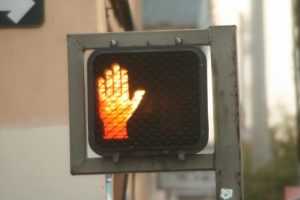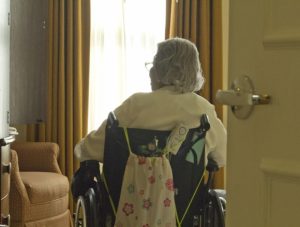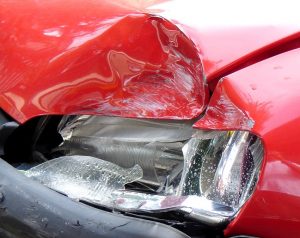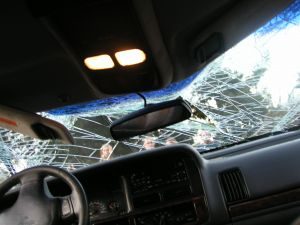In Florida, property owners are generally liable for dangerous conditions that are not obvious and cause harm to those who are lawfully present. There are varying degrees of a property owner’s responsibility in this area of law – known as premises liability – depending on the status of the individual who was hurt. For example, someone who is invited onto the property for the financial benefit of the property owner is owed a higher duty of care than someone who is trespassing. 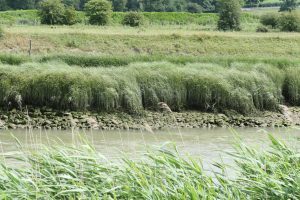
In most cases, trespassers are not owed any duty of care, except that property owners can’t intentionally harm them or set traps. When it comes to children, though, the standards are different. Children are generally owed a greater duty of care than adults in the same situation, and this is true also when children are trespassing. The doctrine of attractive nuisance, for example, holds that if property owners maintain dangerous conditions likely to attract young children to the site, the property owner must be sensitive to that potential danger (which a child may not appreciate) by posting a warning or taking some other affirmative steps to protect children from that danger.
Recently in Minnesota, the state supreme court there considered property owner liability in the case where a 4-year-old boy nearly drowned in the Mississippi River and suffered severe and permanent brain damage. Continue reading ›
 Florida Injury Lawyer Blog
Florida Injury Lawyer Blog














